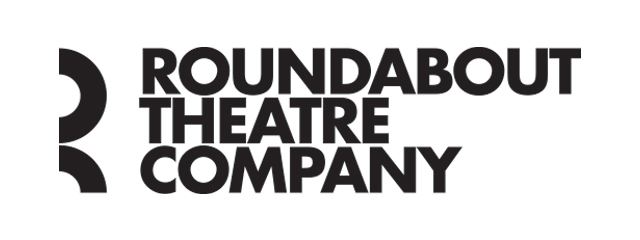The Objectification of Women in Media

Throughout Skintight, we see many of the characters coming to terms with how attractive they are perceived to be by themselves and others. Where do we form these ideas about what "conventional" beauty is? In large part, it is the media, including film, television, advertising, and more, that surround us with ideas that inform what traits are thought of as more desirable than others.
In May, 2014, Jean Kilbourne, who has chronicled the ways in which women have been represented in the media since the 1960s, gave a TED talk about her work. In it, she showed ads from the beginning of her studies, with taglines like "feminine odor is everyone's problem" and "I'd probably never be married now, if I hadn't lost 49 pounds," all of which promoted stereotypes about what it means to be an ideal woman: that you have to be thin, curvaceous, well-mannered, and have perfect hair and skin.
In more recent years, Photoshop has allowed for the altering of women's bodies to fit these ideals in a variety of ways. In 2008, L'Oréal Paris was accused of whitening Beyoncé's skin in an ad for their hair products, which is one glaring example of racial bias that runs rampant in the beauty industry. Other common tactics include creating a "thigh gap" for women, enlarging their breasts or buttocks, or erasing any imperfections in their skin.

L'Oreal Paris 2008
Beyond the ways in which women's bodies are manipulated, the ways in which they are presented are often sexualized. In 2016, a campaign called #WomenNotObjects was formed to stand up to the objectification of women in the media. One of their first actions was to call out companies like Burger King and Tom Ford, whose ads for sandwiches and men's cologne, respectively, depicted women performing sexual acts on the objects. The campaign also conducted a study of over 15,000 ads and consumers' responses to them, comparing ones which objectified women to those that didn't. Results showed that, among every demographic surveyed, objectifying ads had a negative impact on the brand's reputation and the intent of the consumer to purchase their product. The idea that "sex sells" is certainly a common marketing axiom, but the results of this research would indicate that this may not be true.
In addition to the negative effects on brand intent, the objectification of women has a detrimental impact on those viewing the ads. Studies have shown that, even if we are only passively watching an ad, our brain is processing its images subconsciously and incredibly quickly--all it takes is the flash of an image for it to leave a mark. The more that images of over-sexualized or digitally-altered women surround us, the more that we are subconsciously affected by them. This can have direct impacts, like women trying to wrap their legs tightly in cellophane to achieve a real-life thigh gap, or trying to enlarge their lips to mimic the look of Kylie Jenner's. The effects can also be less obvious, however, and can subconsciously reinforce the idea that women have to look and act certain ways in order to be accepted by society. These ads are not only seen by adults, but by children as well, and can begin to influence their standards of beauty from a harmfully young age.
It's no wonder, then, that in Skintight we see Jodi concerned with how her body is perceived by others. While companies like #WomenNotObjects raising awareness about the harmful effects of the advertising industry's work on women is important, what is more important is not having these images surrounding us and affecting our brains to begin with.

Idina Menzel as Jodi in "Skintight."
Click here to visit Roundabout's blog
Videos


